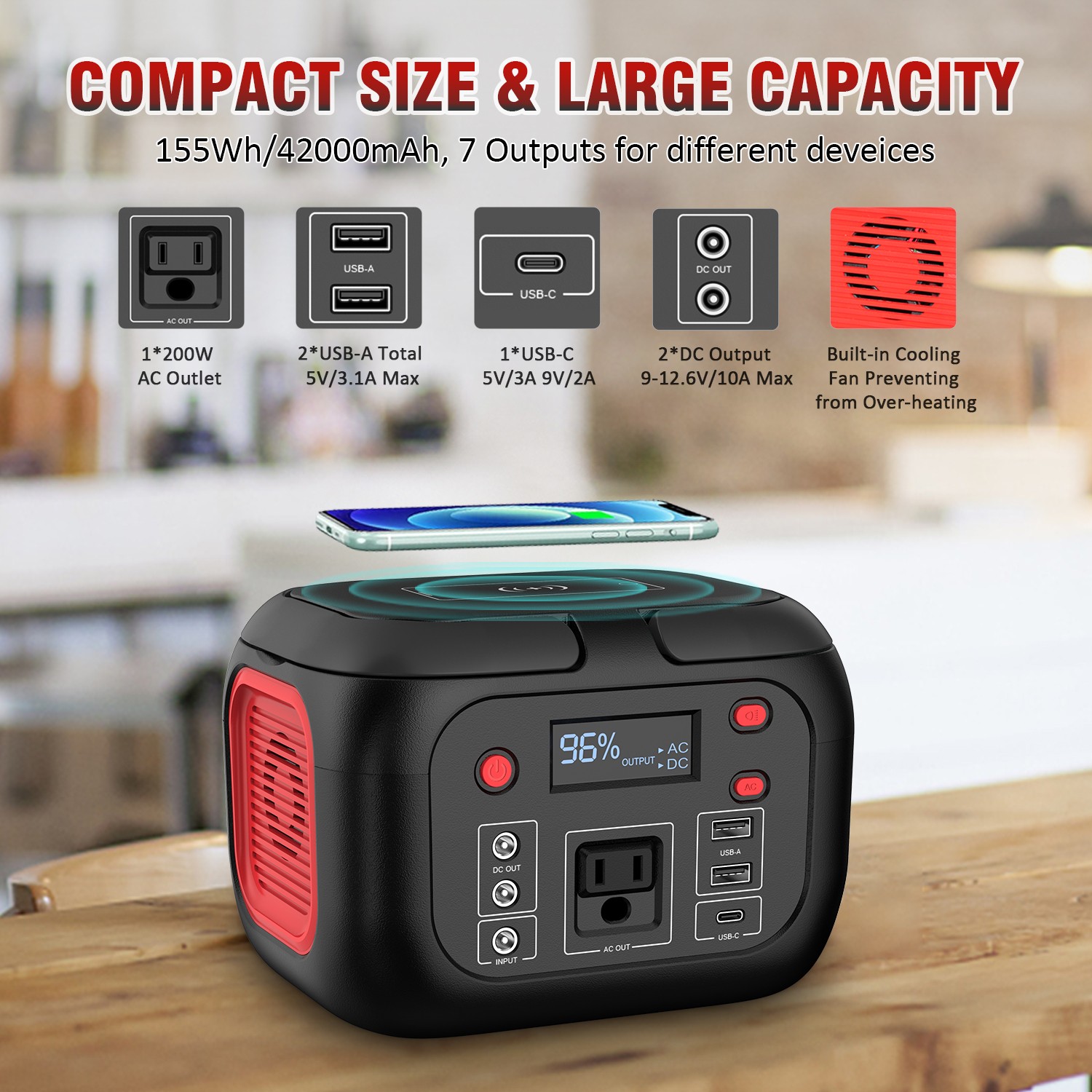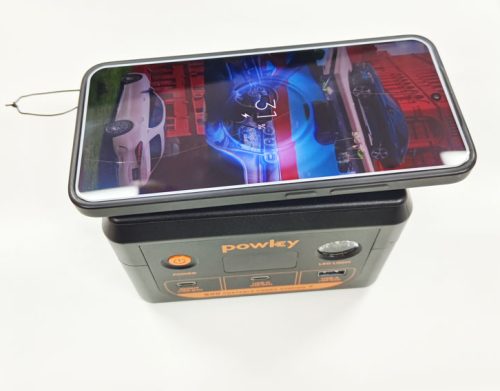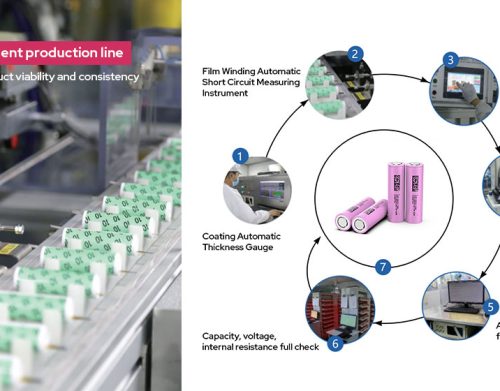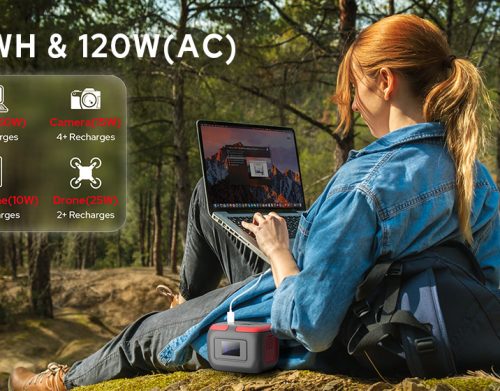Whether you’re an avid camper (who still enjoys some creature comforts) or you feel better knowing you have an emergency power source backup at home for unexpected outages, a portable power station can come in handy. While generators are typically powered by gas and are only for outside use, these power stations provide electricity from large batteries that are safe to use indoors. Plus, they’re a bit more portable, so you can actually take them with you on off-the-grid excursions.
Battery-operated power stations are often more expensive, but they also come with a slew of benefits. They are more eco-friendly—particularly when powered by solar panels—quiet, and safe for indoor use. They typically come in a variety of sizes, so you can get a smaller, more portable pack for short camping trips or a day by the lake. For a battery station to get as powerful as a gas generator, though, you will have to spend big bucks—often well over $1,000. While these batteries are rechargeable, some may take more than 8 hours for them to charge.
What Size Power Station Do You Need?
It’s important to know what you plan to plug into the power station so you can choose the right size. Each powkey product will have associated parameters with estimated wattage requirements for common appliances and equipment to help put together the required wattage. You can also calculate this number by taking the power consumption of a specific device and adding them up. To calculate watts, multiply the voltage (usually 120 volts) by the amps (amps) required to run the device (usually found on a label attached to the device). Do this for each item the generator will power.




